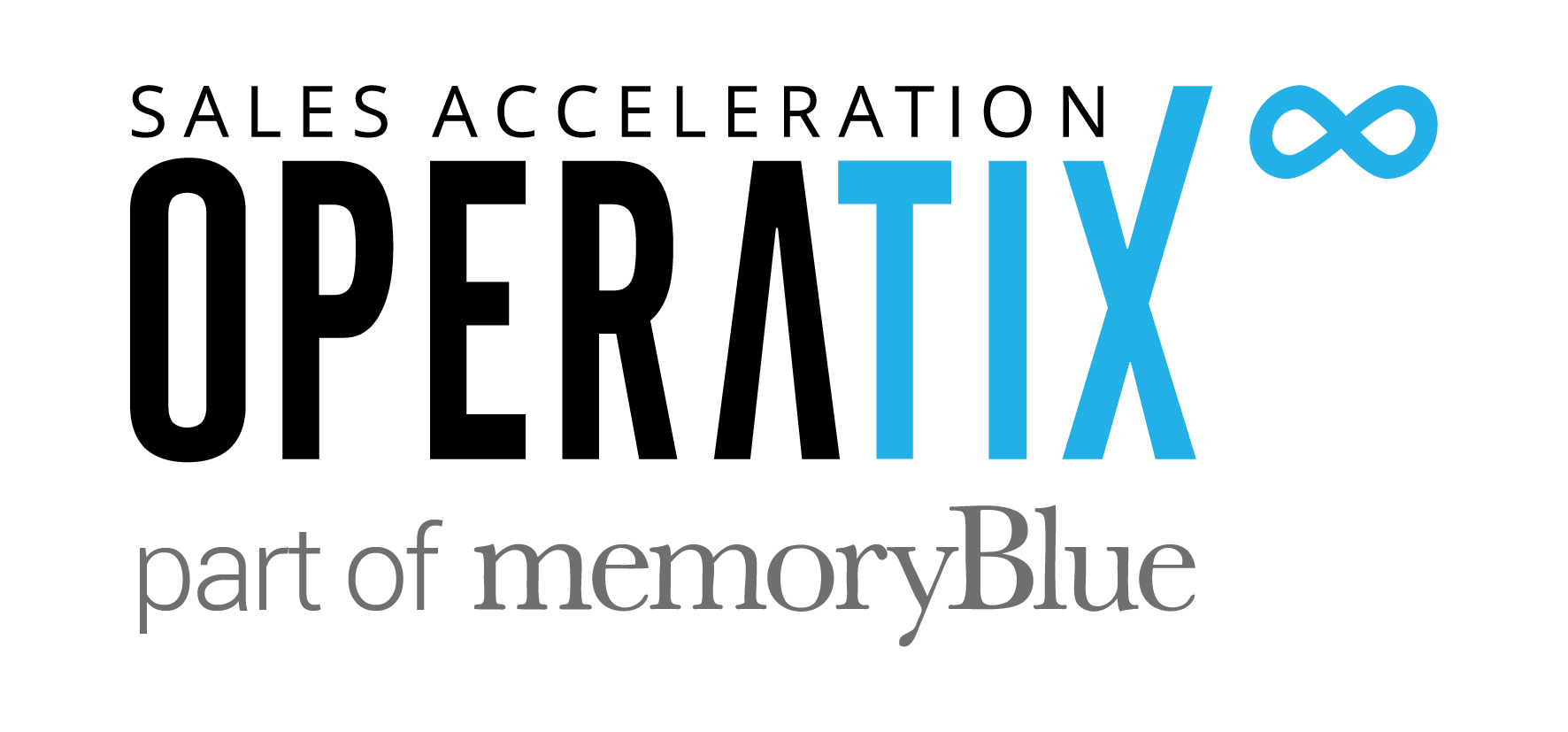Startups often underestimate moving to new markets.
This is especially true in the Europe, Middle East, and Africa (EMEA) region.
Matthew Smith is a Principal Consultant at Acumin Consulting where he just recently celebrated his 5 year anniversary. Matt has been in the cyber-security recruitment space for 8 years, and he has seen the industry change and evolve during that time.
Acumin is celebrating their 20th anniversary. From system integrators all the way down to penetration testing companies, they work within the consulting world to help offer a full range of cybersecurity consulting solutions. Matt is on the vendor team and he specializes mostly in director level searches.
We sat down with Matt to talk about how market timing and cultural differences affect internationally expanding startups, the importance of your first sales hire in the EMEA region, and the roadmap to success.
Market Timing
Matt believes that the key thing vendors need to qualify before they expand to a new international market is the region’s appetite for the product and the opportunity in the marketplace.


Doing business in Europe or internationally can often be a completely different model and way of working than it is over in the US.
Matthew Smith
For example, some US vendors who have done little international work overestimate what’s achievable in Europe. They simply discount Europe as another sales meeting in the US, when in fact Europeans might not be ready for their product at all.
Market readiness is a huge factor as sometimes, as the European Market can be 12-18 months behind the US Market.
Cultural Differences
Continuing with the example of a US based vendor moving into the EMEA market, these companies can often underestimate the cultural differences in the EMEA region alongside the lack of market readiness.
For example, Europe is not a single region. There is a huge difference in culture between the UK and France, moving further east in Europe and into the Middle East reveals even bigger cultural differences.
Germany is another good example. Although it’s a huge potential market for certain vendors in the technology space, it’s a very different and unique culture even compared to the rest of Europe. It can be difficult to sell new technology there because the Germans tend to be later adopters.
The German market has huge concerns about privacy, so some US vendors have even had to physically build data centers in Germany in order to break through the trust barrier.
As far as the Middle East goes, in general, it can be tough to penetrate the market. But when you do, you become a trusted advisor rather than just another vendor. This isn’t to stereotype Europeans, Africans, or those from the Middle East, but rather to point out that in order to do business somewhere you need to respect the culture, understand that it is different than yours, and hire someone who knows the culture well!
The Importance of Your First Hire and Managing Expectations
Hiring the right first person to lead your sales in different parts of the EMEA region is essential. You need someone who can manage your business and also has influence on the market around them.
For example, in order to achieve market adoption in a specific region of Europe, you need a European leader who can kick down doors, wear different hats, roll up their sleeves, and get to work. You want someone with a Swiss Army Knife approach, and someone who has walked the walk before!


I think it’s really about not just taking the person who commits to generating the bigger number but taking somebody who has been through the journey before.
Matthew Smith
You could have a candidate in mind who has great experience leading a team, but if they haven’t been on the ground selling, working for multiple startups, and living the journey over the years, they aren’t the right call for a sales leader in a brand new EMEA region.
You need a hire that has combination of startup DNA and a deep understanding of the region. Someone leading a much bigger business might be removed from the day to day selling and “connecting with the people” aspects needed in a first hire.
Many times, this first hire needs to build the business in the region from scratch with little resources or budget at their fingertips. It’s up to them to build something from nothing while simultaneously managing expectations. They need to be able to provide realistic numbers for what they think they can achieve.


People who have worked for very large vendors. Even if they’re in the same place, will not be used to operating with very little support and very little infrastructure.
Matthew Smith
The Roadmap to Success
Matt specializes in seeking out this type of talent for startups that move into the EMEA region. He believes that so much of the success depends on managing expectations as a vendor. Did you hire the right person, and did you give them enough time to reach the goals you set for them?
Matt generally sees three stages of growth that successful vendors experience if they are on the right track in expanding into the EMEA market:
Stage 1: They hire one single person as a Regional sales director to boot doors open and win a lot of early business. They lead the business themselves and make hires to expand.
Stage 2: Once revenue is in the $10-30 million range, the vendor brings in a commercially focused leader. The first hire is often hungry, but don’t always have the right processes and procedures down, but this next hire focuses on that deficiency.
Stage 3: Once vendors reach the rest of the journey, they add additional people need as they see fit. They focus on hiring the right people for the right time!
This post is based on a podcast with Matt Smith. To hear this episode, and many more like it, you can subscribe to The B2B Revenue Acceleration Podcast.
If you don’t use iTunes, you can listen to every episode here.





